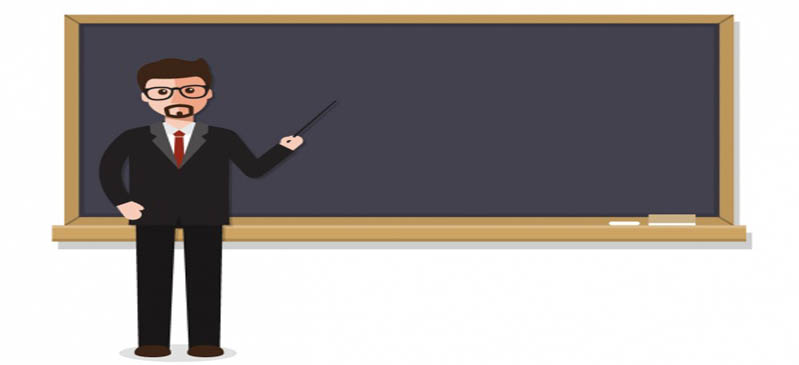It is a no brainer that in the absence of communication no learning can take place. So, in situations in which there are students who are deaf or hard of hearing, having an ASL classroom interpreter for the deaf can never be an option.
For the student/teacher dialogue to be effective, all instructions must be presented in a language that all learners understand well. All information requiring sound communication must be conveyed in a mode that the student can interpret.
But before we ramble on, a loud YES is an answer to our question above. Let’s find out the reasons below.
Interpreting for the Deaf
The interpreter for the deaf facilitates equal access to any kind of interactions and all sorts of information to both the hearing people and the deaf. So, as a teacher, your role of enlightening others by providing them with accurate and completely new information will be enhanced if no one in your class is left out.
The interpreter should be present to participate in all proactive learning activities by engaging the deaf at every stage of your teaching process. In all learning situations, the role of an interpreter becomes significantly complex but absolutely important because all the instructions in the classroom must be accurately and faithfully represented to the deaf person.
ASL Translation
Your role as an ASL translator places on you the burden of impartiality. You are charged with the important task of intuitively acting in the learner’s best interest.
- In this respect, the teacher has to ensure that the following criteria are adhered to:
- The students’ level of linguistic competence
- Their emotional or social development
- The state, district or school guidelines
- The environment in which learning is taking place
- The interpersonal skills the interpreter possesses.
Needless to say, proper learning can only take place in an environment where mutual respect and common understanding exists. And whereas a teacher you lack the competence or the confidence of dealing with behavior problems, your interpreter can double as your “classroom cop”.
However, such a strategy can impart mixed signals to the learner if they realize they are being treated in a different way. The teacher must actively let the learner understand that he/she is in charge of disciplinary issues.
Sign Language Interpreting
The basic role of the certified sign language interpreter any teacher engages is to take care of the student’s personal unique needs. The teacher should establish the language modality the child or learner uses well.
Where appropriate the school should hire sign language experts who are proficient in all variants such as Signed Exact English, American Sign Language, Cued Speech, CASE, SimCom, Oral or PSE.
The most critical role you play as a teacher is to determine the correct way of working with the interpreter. Knowing what to say and how will help you to monitor and evaluate the learner so that you can actively support their academic progress.
Since conveying classroom content is a complex process, our agency uses only professional certified interpreters. We take considerable care to ensure there will be no communication breakdown between the deaf and the interpreter in the process of learning.

